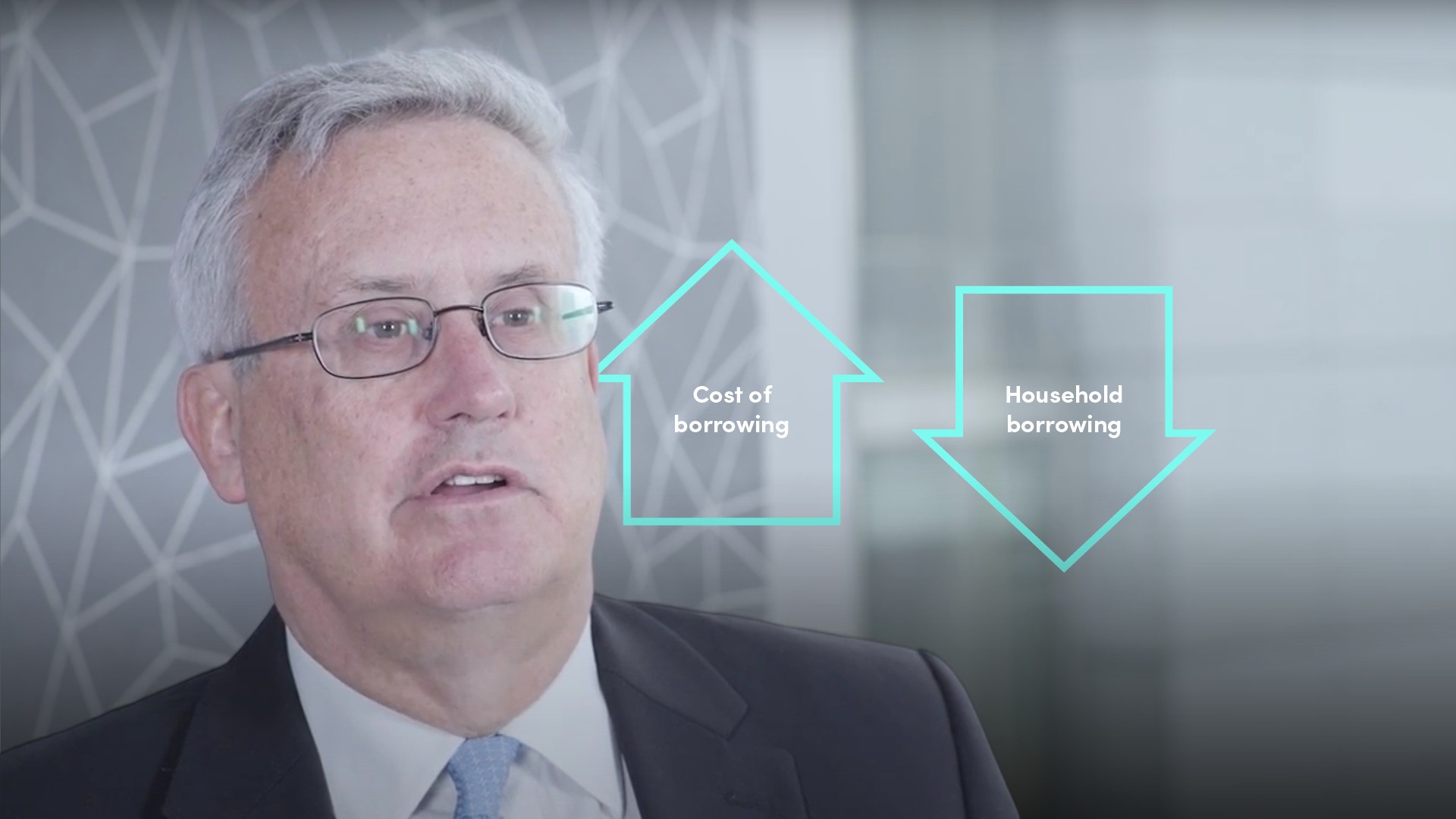
LIBOR Reform and Transition

Peter Eisenhardt
30 years: Capital markets & investment banking
In this video, Peter covers what is being done to address the issues that were brought about by LIBOR. He also explains the practical, legal and organisational considerations that must be made during these pivotal changes.
In this video, Peter covers what is being done to address the issues that were brought about by LIBOR. He also explains the practical, legal and organisational considerations that must be made during these pivotal changes.

LIBOR Reform and Transition
12 mins 1 sec
Key learning objectives:
Outline the key drivers of all-out LIBOR reform
Describe the major risk-free rates
Outline the practical considerations around LIBOR transition
Describe some of the legal considerations
Explain some of the organisational considerations
Overview:
As policymakers set about all-out reform of LIBOR, several jurisdictions have formally adopted risk-free rates. But there remain many practical, legal and operational challenges.
The introduction of new liquidity rules for banks (principally the Liquidity Coverage Ratio, or LCR), meant banks had little use for short-term interbank funding. Interbank lending volumes shrank to the point where volumes were not big enough for LIBOR quotes to be proxies for trades. The International Organisation of Securities Commissions (IOSCO) began the task of overhauling LIBOR. Its task force published 19 principles for reforming financial benchmarks. The Financial Stability Board’s Official Sector Steering Group brought together central bankers and regulators to gauge how benchmarks stacked up against IOSCO’s principles. All major jurisdictions went on to commit to IOSCO standards:
- The UK’s Financial Conduct Authority is overseeing the reform of LIBOR
- The Bank of England, assisted by the Working Group on Sterling Risk-Free Reference Rates of major sterling swap dealers, is overseeing the development of sterling risk-free rates
- The Federal Reserve has convened the Alternative Reference Rates Committee, comprised of major OTC derivatives firms
- In Europe, the design of a new methodology is supported by the EURIBOR+ Task Force of banks and benchmark users, with technical support from the European Central Bank
- Several other countries have launched their own initiatives.
To replace LIBOR, a series of overnight, risk-free or near risk-free rates are being developed, where robust underlying markets are assured, including:
- The Swiss Average Rate Overnight (SARON), a secured rate based on interbank repo transactions
- The Secured Overnight Financing Rate (SOFR) in the US, comprised of multiple repo segments with a strong correlation with other money market rates
- The (reformed) Sterling Overnight Index Average (SONIA) in the UK incorporating actual overnight unsecured transactions negotiated bilaterally and with brokers
- The Tokyo Overnight Average rate (TONA), fully transaction-based using the uncollateralised overnight call rate market
- The Euro Short-Term Rate (€STR) in the euro area, based on unsecured transactions over €1m between 52 banks
- All users of LIBOR must familiarise themselves with the new rates. Central banks and administrators are now publishing the new rates, and providing historical data
- Leading bond issuers (World Bank, Fannie Mae, Credit Suisse, Barclays, Lloyds Bank, EIB) have issued bonds with coupons referencing risk-free rates instead of LIBOR
- Transactions of this nature allow market participants to gain trading experience, test their processes, and reduce transition stress
- Developing liquidity in deals based on the new rates is important to boosting their use. Futures and swaps clearing have launched at the Chicago Mercantile Exchange, London Clearing House, and InterContinental Exchange
- Developing term structures is a challenge. LIBOR is available in 1, 3, 6 and 12-months but the new rates are only quoted for overnight transactions. Rates for old deals based on LIBOR can be converted by compounding overnight rates prior to the fixing date, or in arrears
- What are the fall backs in legal contracts if LIBOR ceases to exist?
- What if a counterparty to such a contract does nothing?
- Are there contracts where there is a default unless there is a published LIBOR rate? Most contracts only have provisions for what to do if LIBOR isn’t published on a given day. The most common provision is to call banks to ask what LIBOR would have been if there was one. This isn’t a solution
- More than half a trillion dollars of LIBOR-based bonds mature after the transition date. Bonds can have upwards of a thousand holders, many of whom can be anonymous. Resolving how coupons will be calculated and paid in the absence of LIBOR involves getting agreement from numerous bondholders and other parties
- Can every team in every bank adapt to the new benchmarks, while maintaining business as usual?
- Can systems capture revisions and new trades?
- Can trades be cleared under new terms?
- How does the transition from LIBOR affect the economic value of positions?
- What are the associated P&L implications?
- Will new tax events be triggered?
- Will those positions need to be marked to market from an accounting perspective?
- Are there second and third order implications?

Peter Eisenhardt
There are no available Videos from "Peter Eisenhardt"

